MBAM – Musée des beaux-arts de Montréal
La Casa de Guatemala en Montréal
2020 – Ongoing
Participatory research-creation project, in collaboration with members of the Guatemalan community in Montreal, researchers, architects, and participatory artists
Montreal, Canada
Recreating a Forgotten Social Space and Fostering Intergenerational Connections within the Guatemalan Diaspora in Montreal
La Casa de Guatemala en Montréal revives the legacy of the Club Social Tikal Guatemala, an emblematic gathering space for Guatemalan immigrants in Montreal in the 1970s and 80s. The club, which closed in 1982, was a hub for cultural exchange, sports, and mutual support, offering newcomers a sense of belonging and solidarity. Through oral histories, archives, and participatory art, this project reconstructs the lost space, allowing the diaspora’s stories to unfold in multidimensional narratives. By bridging past experiences with contemporary challenges, La Casa de Guatemala en Montréal fosters a dynamic dialogue on migration, identity, and cultural resilience.
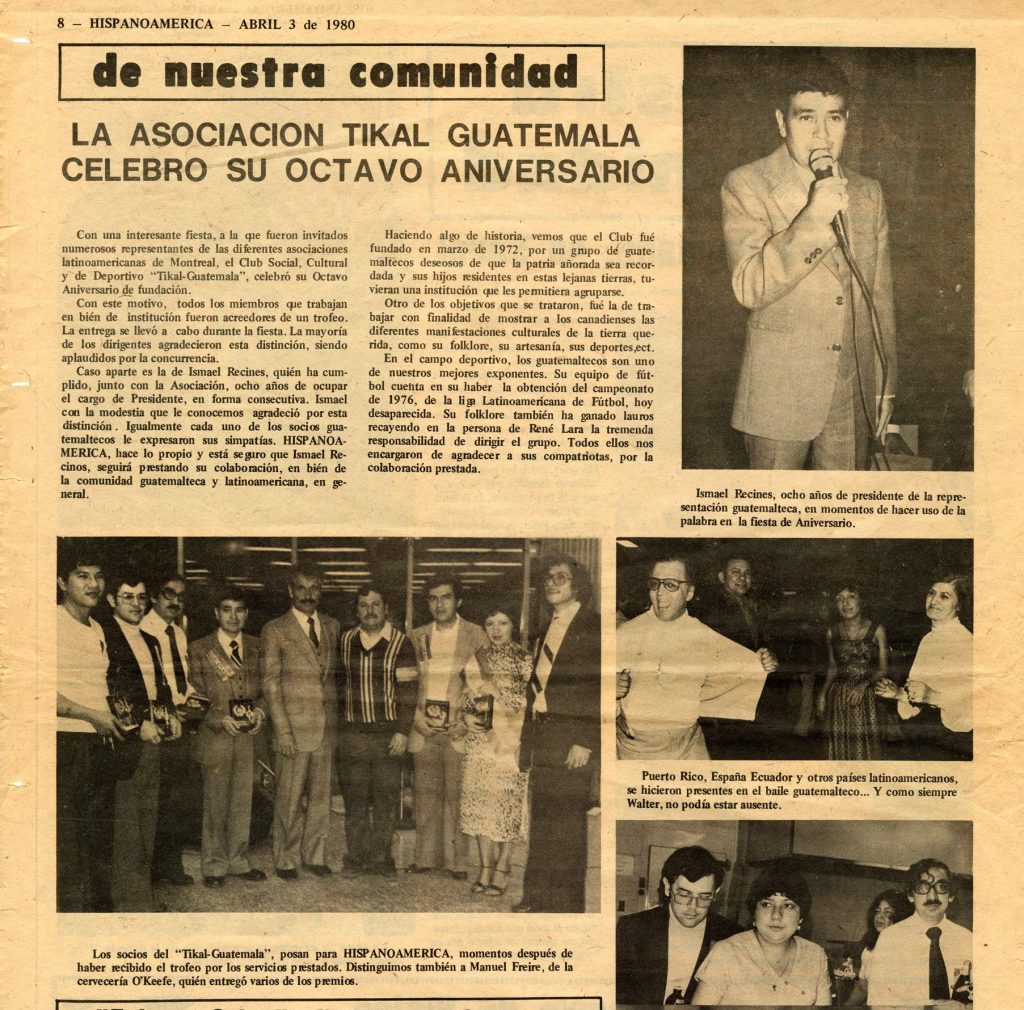

3D Reconstruction of the Club Tikal Guatemala
2021 – Ongoing
Online
This component involves the creation of a virtual 3D model of the Club Tikal. Based on testimonies from former members and archival research, the evolving model functions as a living archive of diasporic memory. Visitors can explore the club’s architecture, events, and atmosphere, engaging with Montreal’s Guatemalan history through immersive technologies.
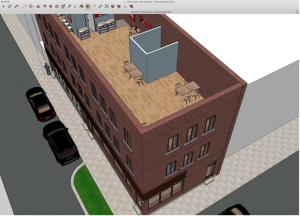
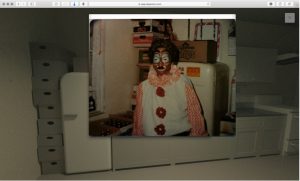
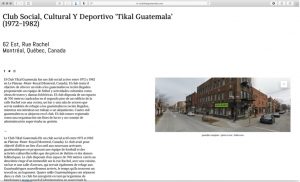
El Mejor Tesoro Theatrical Play
December 2022 and January 2023
Université du Québec à Montréal (UQAM)
Casa C.A.F.I., Montreal
A reactivation of the 1979 play El Mejor Tesoro, originally staged at Club Tikal. Directed in collaboration with René Lara, the original director, and Latin American immigrant students, the play becomes a tool of intergenerational dialogue and participatory memory-making. Through this theatrical process, the project interrogates migration, identity, and cultural heritage.
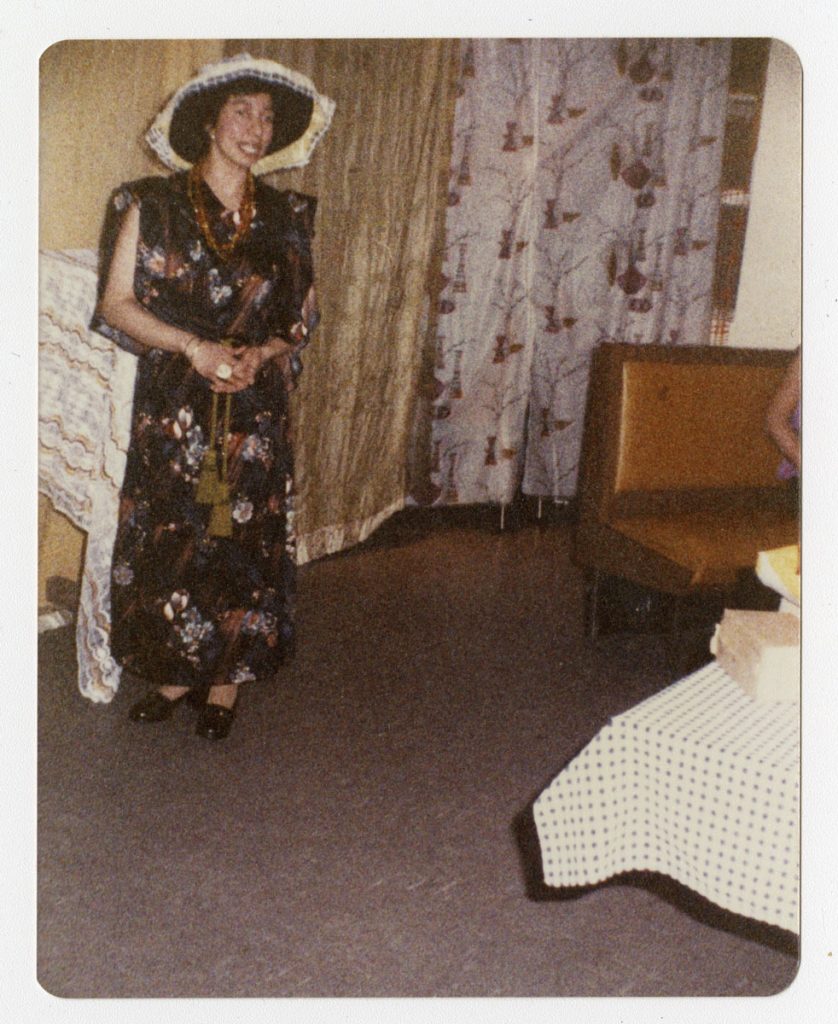
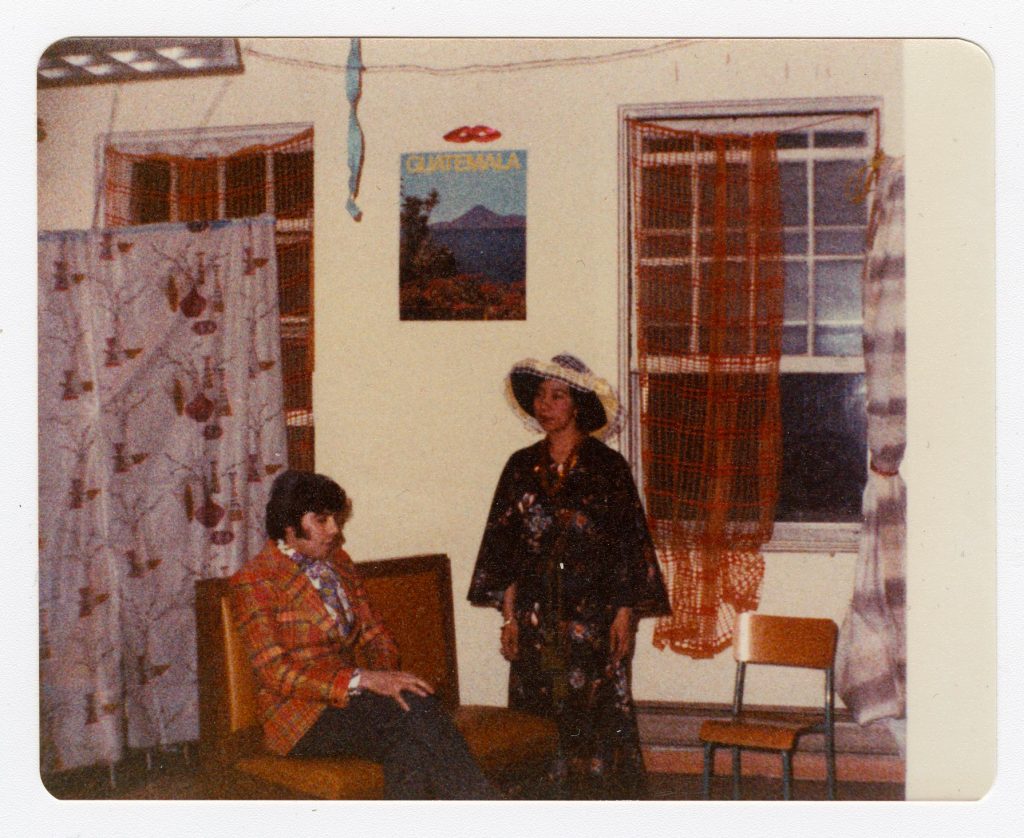
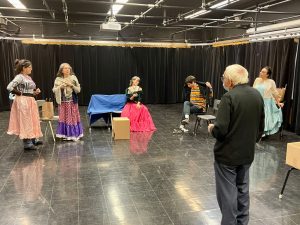
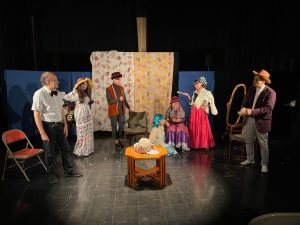
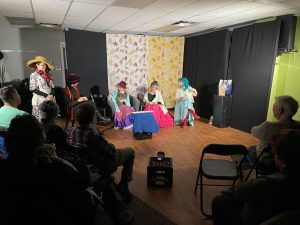
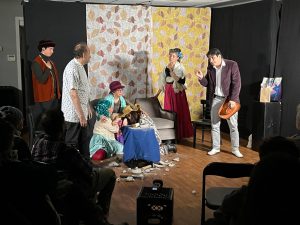
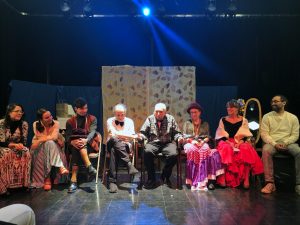
La Cancha: Augmented Reality Route of the Historic Parade
September, 2024
Plateau-Mont-Royal, Montreal
Project page
Video documentation
La Cancha is an augmented reality project produced by SPHÈRE(S) Lab that reimagines the 1979 Guatemalan Independence Day parade in Montreal. Using the Elysium AR app, participants follow nine interactive stations through the Plateau, exploring themes of migration, identity, and memory through audio testimonials, images, and soundscapes.
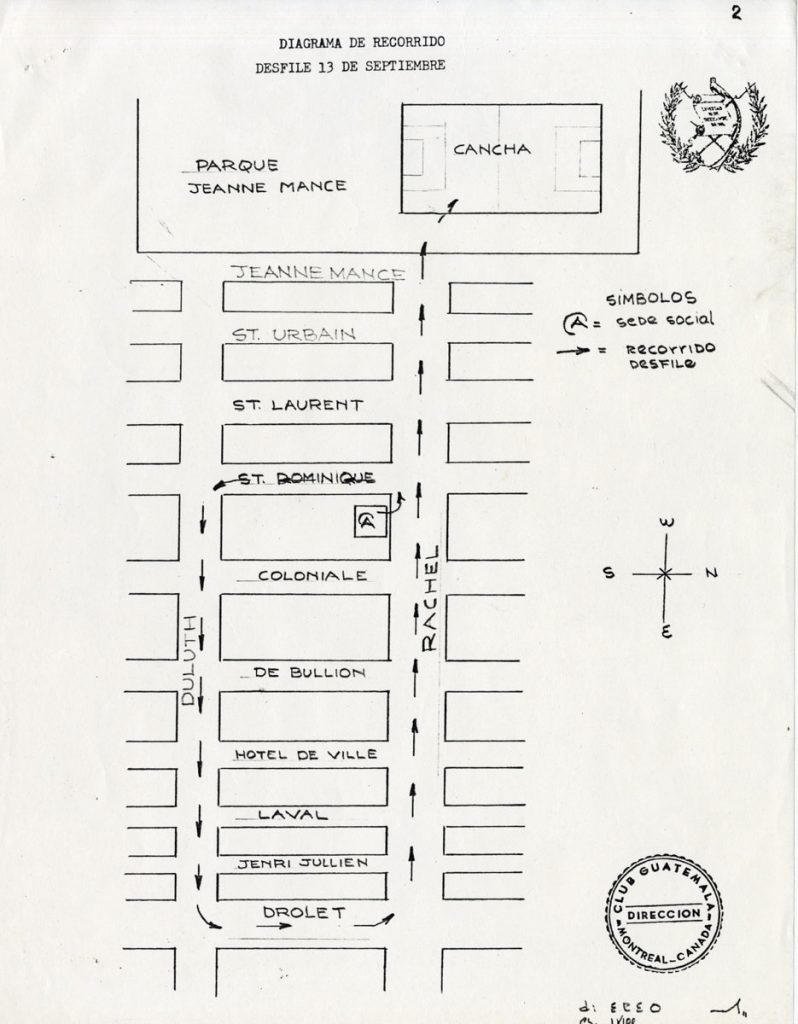
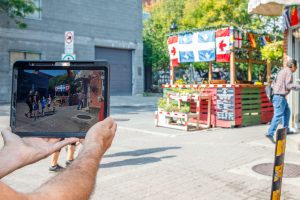
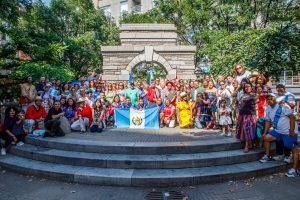
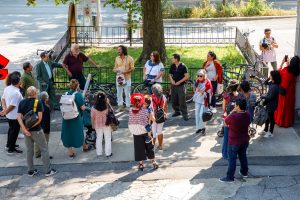
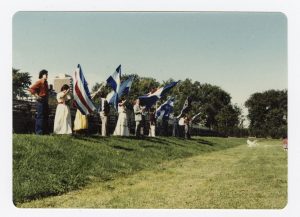
Dissemination and Engagement
Casa Projet, solo exhibition, Montreal, 2023
SBC Gallery of Contemporain Art, group exhibition, Montreal, 2024
Public exhibitions, performances, and community gatherings disseminate the project’s findings and foster dialogue. La Casa de Guatemala en Montréal functions as a living social space, where past and present converge to reimagine diasporic futures. It contributes to broader conversations on migration, belonging, and the politics of memory in Canada.


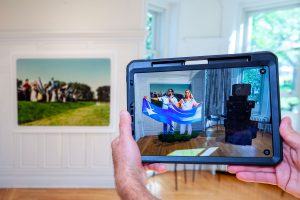
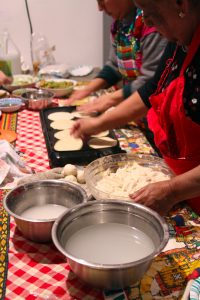
Credits
Archival Coordinators (Research): Santiago Franco, Romeo Gongora, René Lara, Doris Lara, José de Oliva, Carlos Pineda, Alfa Pineda, Ismael Recinos, Carlos Rivera, Ricardo Ulloa, and more Club Tikal Guatemala’s former members to come
Archival Research Assistants: Caroline Foray and Ludmila Santana
Interviews Assistant: Andrea Calderón Stephens
Research-Creation Collaborators: Andrea Calderón, Juana Semanate, Alejandro Mejia, Andrés Herrera, Andrés Oswaldo Muñoz Herrera, Christian Garcia, Fabian Gonzalez, Isabella Cano Upegui, Lukas Gongora-Munares, Maria Claudia Quijano, Maria Del Pilar Escobar, Olivia Gongora-Munares, Thélonius Garcia, Benoît Lachambre
Community Contributors: Elizabeth Recinos, Edgar Lopez, Francisco Garcia, Rafael Mendizabal, Manuel Gongora, Mercedes Pinto, Aura Vargas, Amilcar Vargas, Anibal Rivera, Cony Martinez
3D Virtual Tour Coordinator (Concept): Romeo Gongora
Architect: Diego Cortinas
3D Modeling Coordinator (Programming): Florence Turmel
3D Modeling Assistants: Jean-François Gauthier and André Girard
La Cancha Artistic Direction: Romeo Gongora, Chantal Pontbriand, Jon Yu, Colas Wohlfahrt, with the collaboration of René Lara
La Cancha Technical Direction, 3D Modeling and Animation, Sound Design, Animated Graphics: MYTHOLOGI
La Cancha Production: SPHERE(S) Lab (Chantal Pontbriand)
Website Coordinator (Concept): Romeo Gongora
Website Designers: André Girard and Romeo Gongora
Website Programmer: André Girard
Contributing voices
In this project, you can explore testimonials, archival materials, and creative interventions from members of the Guatemalan diaspora through the links provided above. Their contributions involved sharing personal histories in audio interviews, providing archival documents, participating in the reconstruction of Club Tikal’s space, and engaging in the re-staging of El Mejor Tesoro. They also assisted in organizing meetings, coordinating community events, and offering feedback on the conceptual development of the project. My role consisted of conceptualizing, organizing, producing, and facilitating the different components of the project in collaboration with them and other contributors.


